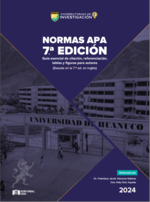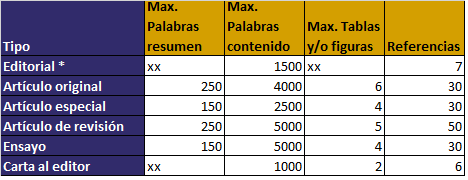Conceptual map and reading comprehension in students
DOI:
https://doi.org/10.37711/desafios.2019.1.2.71Keywords:
understanding, group, elementary school student, satisfaction.Abstract
Objective. To improve reading comprehension with the implementation of conceptual maps in students of Educative Institution N° 32011 Hermilio Valdizan, Huanuco. Methods. Quasi-experimental design was used, after an intentional non-probability sampling was carried out in 33 students from 6th grade “C”, our experimental group. 34 students from 6th grade “A”, our control group. Results. Regarding the level of reading comprehension of students under study. In the experimental group, before the intervention, 66.7 % were in process, 30.3 % at the beginning and 3 % had a satisfactory level. After the intervention, 48.5 % were at the satisfactory level and in process, respectively, while 3 % at the beginning. On the other hand, in the control group, before the intervention, 50 % was in process, 29.4 % at the beginning and 20.6 % at a satisfactory level. After the intervention, 44.1 % of students are in process, 38.2 % at the beginning and 17.6 % at a satisfactory level. Making comparisons of reading comprehension scores between 6th grade “C” students, from the experimental group, and 6th grade “A” students, from control group, we found in the experimental group, an average of 12.8 and in control group, an average of 9.1. It was evident that students in the experimental group achieved better scores than those in the control group. Student’s T test was used, reaching the value of t = 4.58, p <= 0.000. Conclusion. There are statistically significant differences in the scores between the two groups. This is what indicates that the implementation of concept maps influences the increase in scores in reading comprehension, compared to the group that did not receive the intervention.
Downloads
Downloads
Published
How to Cite
Issue
Section
License
Copyright (c) 2021 Desafios

This work is licensed under a Creative Commons Attribution 4.0 International License.
a. Los autores conservan los derechos de propiedad intelectual (copyright) de las obras publicadas, cediendole a la revista el derecho de primera publicación.
b. Los autores retienen sus derechos de marca y patente, y también sobre cualquier proceso o procedimiento descrito en el artículo.
c. Los autores retienen el derecho de compartir, copiar, distribuir, ejecutar y comunicar públicamente el artículo publicado en la RD (por ejemplo, colocarlo en un repositorio institucional o publicarlo en un libro), con un reconocimiento de su publicación inicial en la RD.
d. Los autores retienen el derecho a hacer una posterior publicación de su trabajo, de utilizar el artículo o cualquier parte de aquel (por ejemplo: una compilación de sus trabajos, notas para conferencias, tesis, o para un libro), siempre que indiquen la fuente de publicación (autores del trabajo, revista, volumen, número y fecha).
























